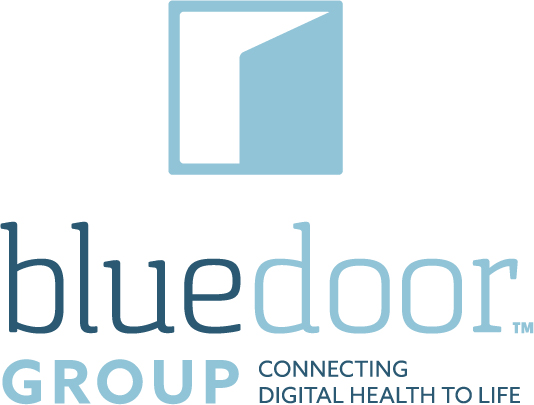By ERIK BIRKENEDER AND DANIEL ELIAV | Jun 16, 2017
There is a gold rush of companies, entrepreneurs, and providers piling into digital health, but many have and will crash before they even get off the runway, mostly because of avoidable legal missteps.
According to a report by Rock Health, while investment in digital health declined slightly in 2016, the past two years have seen the largest investment in digital health. Interestingly, half of that investment was from new investors in the sector. These new players are entering one of the most complicated fields to navigate. The industry has some of the most entrenched business models and incumbents, and the legal issues facing these companies are fast evolving and extraordinarily complicated. Particularly, the vast number of regulatory burdens and intellectual property issues – many of which are frequently overlooked – make entry into this space one of the most challenging. Many of these legal traps have caught young companies and either destroyed their potential or severely delayed them – especially those new to the industry.
While very public examples such as 23andme show how quickly regulatory issues can derail a company, many more examples are found out in the early investment rounds that never reach the public. Many of the digital health investors are relatively new to the field and are learning fast. As their portfolio companies mature and hit regulatory and other legal roadblocks, they will quickly learn from their mistakes, making passing diligence rounds more and more difficult. Only the companies that do the legal work upfront will make it past the screening interviews.
Following are a few of the top issues that frequently kill deals or stop companies. These are things that can and should be addressed early, and will save companies heartache and money down the road.
Much of the value in digital health companies is in their intellectual property, but many companies skip patents because they believe software is not patentable. This is often not the case. These companies are missing a huge opportunity that may cost them an investment. Without patents and trade secrets, most companies have a product that can easily be copied once it hits the marketplace.
Patents
Many small digital health companies file cheap patent applications, without describing much of the hardware and software necessary for their implementation. Frequently, the patent office denies these as abstract ideas, as the applications usually have no concrete examples that can be used to overcome the abstract idea rejection. While many startups look to save money at the provisional phase, under the first to file laws you are more or less stuck with what you originally file. It pays to put in the detail necessary up front.
Trade secrets
Digital health companies frequently develop algorithms that drive most of the value of their innovation. Many companies fail to implement the steps necessary to keep their algorithms trade secrets – and generally lose them to departing employees. Companies need to keep their algorithms running on private servers and not client devices and should require employees and partners to sign confidentiality agreements, notify employees what constitutes trade secrets, and clarify that they are not portable to their next gig. These easy steps can preserve a lot of the key IP of digital health innovation if done correctly up front.
Licensure
Digital health products help dissolve the lines between states and even nations by providing simple accessible solutions. However, health care has traditionally been and remains a purview of state regulators. Start-ups need to be cognizant of the rules applicable in every state where they intend to offer services. If the digital health tool involves the provision of professional services by a licensed health care practitioner, the practitioner must be licensed in the state where the patient resides. Every state has its own set of rules that apply to telemedicine. What is allowed in California via telemedicine may be different in Texas or Mississippi. Planning which states a startup will launch from and where the product will eventually be offered at the outset may save time and money down the line.
Business structure
Each state may have different rules for incorporation and prohibitions on who may provide professional services. For example, some states would allow a physician to be employed by a non-physician so long as the physician retains oversight of all clinical decisions. However, in other states, a physician may not be an employee of non-physician. Federal and state law often impact the financial relationships that are permitted between providers, employers, and even patients. Understanding how these rules apply may have a significant role in determining the types of entities that a start-up will operate through.
Reimbursement
Of course, without a viable reimbursement avenue, even the greatest product will not survive. While reimbursement is not usually overlooked in the early stages, the rules surrounding reimbursement may be misunderstood. For instance, in most situations, Medicare does not currently provide reimbursement for telemedicine. Some have interpreted this to mean that telemedical services are altogether prohibited for Medicare beneficiaries. Others believe it is permissible so long as the beneficiary pays cash. Of course, these two approaches could mean the difference between a viable product and one that is doomed.
Although many digital health investors are relatively new to the field, they are learning fast. As these new entrants expand their portfolio, they will become increasingly cognizant of potential regulatory and other legal roadblocks. This evolution will make finding investors more difficult in the years to come. Only the companies that do the legal work upfront will make it past the initial steps.
Photo: RapidEye Getty Images









